Results 11,891 to 11,900 of 12094
Thread: Anandtech News
-
09-21-23, 01:29 AM #11891
Anandtech: Asus Launches ROG Matrix GeForce RTX 4090: All a 4090 Can Be, For $3200
When Asus teased its ROG Matrix GeForce RTX 4090 graphics card back at Computex, it was clear that the company's ambitions were to develop no less than the world's fastest graphics card. The company meticulously described the card's advanced printed circuit board design, voltage regulating module, and cooling system, but it never revealed two important details: actual clocks and price. This week it disclosed both: the board will clock the GPU at 2.70 GHz out-of-box and will cost $3,199, twice the price of a reference GeForce RTX 4090.
An Overclocker's Dream Comes True
Asus proudly states that the ROG Matrix GeForce RTX 4090 is ideal for overclocking enthusiasts. The board used the AD102 GPU equipped with 16,384 CUDA cores that has a peak frequency of 2700 MHz, surpassing NVIDIA's reference boost clock of 2520 MHz. In a physically unmodified (but LN cooled) state, an extreme overclocked ROG Matrix GeForce RTX 4090 surpassed the 4 GHz GPU clock threshold earlier this year, an achievement that underscores its potential for overclocking.
Since its debut at Computex, the card has secured three World Records and five top spots, totaling seven overclocking achievements in various benchmarks, Asus says.
NVIDIA has dozens of add-in-board (AIB) partners producing factory overclocked graphics cards. But with EVGA and its Kingpin-edition graphics cards gone, there are not so many brands left which cater to demands of extreme enthusiasts. Asus is certainly one of them and with its range-topping ROG Matrix RTX 4090, the company went above and beyond with enhancements beyond reference designs.
Through Hardware and Software
The card employs a custom circuit board featuring a 24-phase VRM and a 12VHPWR connector, ensuring up to 600W of power for the GPU. This board is equipped with multiple sensors to oversee temperatures of various components (and even create a temperature map) and even measure currents on the card's 12VHPWR connector (more on this later).
The ROG Matrix GeForce RTX 4090 comes with a comprehensive closed-loop hybrid liquid cooling solution with a 360-mm radiator, magnetically connected fans, and RGB illumination. In a bid to improve efficiency of the cooler, Asus used a liquid metal thermal compound, which it uses for its gaming laptops and which is particularly hard to use for desktop PC components (marking a first in the GPU industry for Asus) since they tend to be located under a different angle.
The ROG Matrix RTX 4090's strengths are not solely in its hardware though. Asus has enhanced its GPU Tweak III software, adding more monitoring and overclocking capabilities that leverage the card's advanced features and sensors. Users can customize various settings, including power targets, GPU voltage, and fan speed. The software also offers real-time temperature insights and tracks the card's performance at varying power settings.
Another notable aspect is the card's Power Detector+ feature. This function examines the 12VHPWR connector, monitoring currents across all power rails to identify any irregularities, then recommends customers to reconnect the notorious plug if needed.
A Niche Product
Meanwhile, performance of the ROG Matrix RTX 4090 comes at a cost as the product's price doubles that of a standard GeForce RTX 4090. This greatly devalues the product in the eyes of average people. But the Asus ROG Matrix RTX 4090 is a niche product. It targets hardcore overclocking enthusiasts eager to maximize their hardware's performance. This card is for those who relish fine-tuning their systems for minor benchmarking improvements, making it a trophy piece for tech enthusiasts.
More...
-
09-21-23, 01:29 AM #11892
Anandtech: Intel High-NA Lithography Update: Dev Work On Intel 18A, Production On Fut
As part of Intel’s suite of hardware announcements at this year’s Intel Innovation 2023 conference, the company offered a brief update on their plans for High-NA EUV machines, which will become a cornerstone of future Intel process nodes. Following some changes in Intel’s process roadmap – in particular Intel 18A being pulled in because it was ahead of schedule – Intel’s plans for the next-generation EUV machines. Intel will now only be using the machines with their 18A node as part of their development and validation work of the new machines; production use of High-NA machines will now come on Intel’s post-18A node.
High Numerical Aperture (High-NA) machines are the next generation of EUV photolithography machines. The massive scanners incorporate 0.55 numerical aperture optics, significantly larger than the 0.33 NA optics used in first-generation production EUV machines, which will ultimately allow for higher/finer quality lines to be etched. Ultimately, High-NA machines are going to be a critical component to enabling nodes below 2nm/20 angstroms.
At the time that Intel laid out their “5 nodes in 4 years” roadmap in 2021, the company announced that they were going to be the lead customer for ASML’s High-NA machines, and would be receiving the first production machine. High-NA, in turn, was slated to be a major part of Intel’s 18A node.
But since 2021, plans have changed for Intel, seeming in a good way. Progress on 18A has been ahead of schedule, such that, in 2022, Intel announced they were pulling in 18A manufacturing from 2025 to H2’2024. Given that the release date of ASML’s High-NA machines has not changed, however, that announcement from Intel left open some questions about how High-NA would fit into their 18A node. And now we finally have some clarification on the matter from Intel.
High-NA machines are no longer a part of Intel’s production plans for 18A. With the node now arriving before production-grade High-NA machines, Intel will be producing 18A with the tools they have, such as ASML’s NXE 3000 series EUV scanners. Instead, the intersection between 18A and High-NA will be that Intel using the 18A line to develop and validate the use of High-NA scanners for future production. After which, Intel will finally use High-NA machines as part of the production process for their next-generation, post-18A node, which is simply being called “Intel Next” right now.
As for the first High-NA development machine, Intel also confirmed this week that their schedule for development remains on track. Intel is slated to receive their first High-NA machine late this year – which as Pat Gelsinger put it in his keynote, is his Christmas present to Dr. Ann Kelleher, Intel’s EVP and GM of technology development.
Finally, back on the subject of the Intel 18A process, Intel says that they are progressing well on their second-generation angstrom node. The 0.9 PDK, which should be the final pre-production PDK, is nearly done, and should enable Intel’s teams to ramp up designing chips for the process. Intel, for its part, intends to start 18A silicon fab work on Q1’2024. Based on Intel’s roadmaps thus far, that is most likely going to be the first revision of one of the dies on Panther Lake, Intel’s first 18A client platform.
More...
-
09-21-23, 10:53 AM #11893
Anandtech: ECS LIVA Q3D and ACEMAGIC T8 Plus micro-PCs Review: Jasper Lake and Alder
Compact computing systems have gained significant market share over the last decade. Improvements in the performance per watt metric of processors have enabled the replacement of bulky desktop PCs by ultra-compact form-factor (UCFF) machines with a 4 in. x 4 in. footprint. Motivated by IoT applications at the edge, some companies started creating x86 systems in sub-4x4 form-factors using Intel's Apollo Lake processors. ECS was one of the first mainstream vendors to pay attention to this segment with their LIVA Q Series using Intel's Atom series and AMD's first-generation Ryzen Embedded SoCs. With the introduction of more power-efficient platforms, Asian manufacturers such as ACEMAGIC, GMKtec, and MinisForum have also entered this micro-PC market with a wider range of processor choices.
Intel introduced the Alder Lake-N (ADL-N) product family to take over Jasper Lake's role in the cost-conscious low-power PC market. As ADL-N ramps up and Jasper Lake winds down, we are seeing products based on both families being actively sold in the market. We took advantage of this opportunity to source two micro-PCs - the LIVA Q3D from ECS, and the T8 Plus from ACEMAGIC - and put them through our evaluation routine to study the benefits of ADL-N's Gracemont microarchitecture over Jasper Lake's Tremont. Read on for a detailed look at the results along with a discussion of the tradeoffs involved in pursuing a smaller-than-UCFF footprint.
More...
-
09-23-23, 12:49 PM #11894
Anandtech: Sabrent Ships 8TB SSD for PlayStation 5: High Capacity for a High Price
Although Sony's PlayStation 5 game console fully supports off-the-shelf PCIe 4.0 solid-state drives, Sony initially limited the maximum capacity to 4 TB. Recently the company removed that cap as part of the PS5 8.00 firmware update, and now the system can support drives with up to 8 TB. Sabrent, in turn, is among the first SSD makers to offer an 8 TB drive specifically marketed for the PS5.
"PC and PS5 enthusiasts have long anticipated the expansion of internal storage capacity, and now, this dream has become a reality with the introduction of the Sabrent 8TB Rocket 4 Plus SSD," a statement by Sabrent reads.
Sabrent's Rocket 4 Plus 8 TB is based on a Phison platform and is actually a bit faster than the rest of the drives in the series. The manufacturer says that the SSD offers an up to 7,100 MB/s sequential write and up to 6,000 MB/s sequential write speeds. In order to keep the drive properly cooled under high loads, the drive comes equipped with a PS5-compatible aluminum heatsink that also doubles as a replacement for the drive bay's metal cover plate.
Sabrent's 8 TB Rocket 4 Plus drive (SB-RKT4P-PSHS-8TB) can now be purchased from Amazon for $1,009.99, which is twice the price of Sony's PlayStation 5 console, and a $10 premium over a bare 8TB Rocket 4 Plus.
This is of course a huge investment, but PS5's 825 GB of capacity available to end users is a fraction of what modern SSDs can provide 3 years later – and whose small capacity is quickly being consumed by modern, high-end games. For example, Call Of Duty: Black Ops Cold War takes up over 300 GB and Gran Turismo 7 nears 200 GB.
Now that Sony's PlayStation 5 supports 8 TB SSDs, the console gets a yet another advantage over Microsoft's Xbox Series X|S consoles, which only support proprietary drives with an up to 2 TB capacity. Since these drives are essentially M.2-2230 SSDs encapsulated into a plastic case, it remains to be seen when an 8 TB drive will come to the latest generation of Xbox consoles.
More...
-
09-25-23, 07:57 PM #11895
Anandtech: Solidigm Introduces D7-P5810: 144L SLC NVMe Drive for Write-Intensive Work
Solidigm's datacenter SSD offerings have been clearly delineated into different categories - the D3- SATA offerings for legacy servers, the D5- QLC-based offerings (with different models offering different tradeoffs between cost and endurance), and the D7- NVMe drives for the best performance and endurance ratings. The company has been using TLC NAND in the D7 drives so far. Last week, the company introduced a new member in their D7 lineup for extremely write-intensive workloads - the D7-P5810 using their mature 144L SLC 3D NAND.
Storage-class memory (SCM) options such as Optane have been used by hyperscalers for a variety of use-cases such as write-caching, HPC applications, journaling, online transaction processing (OLTP), etc. With the winding down of the Optane product line, many opportunities have opened up for SSD vendors to bring near-SCM type products into the market. We saw Micron introducing their XTR NVMe SSDs earlier this year using their 176L 3D NAND in SLC mode. The company had optimized the firmware on the drives and drawn up specifications for near-Optane performance in Microsoft SQL Server analytics workloads. Solidigm is taking a similar approach with the D7-P5810, albeit with optimizations for a different use-case.
Solidigm took a look at the requirements satisfied by Optane drives in Alibaba's (Optane + QLC) deployment for local disks in their cloud servers, and figured out that the Optane drives were greatly over-engineered for them. As an example, Alibaba's workload only demanded 37 DWPD, while Optane provided 100. The 4K random write requirements was also only 8K IOPS per tenant, while Alibaba's configuration resulted in the Optane drive providing 20K IOPS per tenant. Solidigm has optimized the firmware of the D7-P5810 to meet these requirements by providing 50 DWPD worst-case endurance, and 10K IOPS per tenant at capacities similar to the Optane drives used by Alibaba.
The specifications of the D7-P5810 are summarized below. The 800 GB version of the drive is in mass production, while the 1.6 TB version is expected to make an appearance in the first half of 2024.
The company had a few interesting presentations at Storage Field Day 26, and in one of those, the company put out a slide comparing the D7-P5810 against the competition.
It is not difficult to figure out that Competitor A in the above slide is Micron's XTR NVMe SSD, while Competitor B is Kioxia's FL6 Series. Different enterprise SSD use-cases have different requirements in terms of sequential speeds, random access IOPS, endurance, and power consumption. As a result, we are starting to see vendors offer specialized drives with firmware optimized for a particular use-case. The differences in the above comparison can be attributed to the vendor optimizing for different use-cases. Fundamental differences in the flash packages apart (176L in Micron's XTR vs. 96L BiCS in Kioxia's FL6 vs. 144L in Solidigm's D7-P5810), it is likely that these vendors can achieve different tradeoffs with their drive's firmware if required.
Solidigm acquired Intel's Cloud Storage Acceleration Layer (CSAL) team earlier this year. At Intel, the group (which had open-sourced its work in the Storage Performance Development Kit) had been working on Optane as an accompanying drive for other slower media. After joining Solidigm, the company has shifted focus from Optane to SLC, with a focus on using drives such as the D7-P5810 as a complement to their high-density QLC drives.
Other than the above use-case in deployment at Alibaba, the D7-P5810 can also be used in a wide variety of scenarios such as metadata storage, caching, and data placement based on service-level agreement (SLA) requirements.
With the inclusion of the D7-P5810, the Solidigm enterprise SSD product line has a product portfolio encompassing a wide range of endurance ratings with suitability for different applications and use-cases.
Optane may be winding down soon, but it is heartening to see vendors like Micron and Solidigm stepping up to provide SLC-based alternatives. By avoiding over-engineering for specific use-cases that are currently being served by Optane drives, the vendors are also able to present enterprise SSD users with a cost-effective solution.
More...
-
09-26-23, 03:41 PM #11896
Anandtech: GlobalFoundries Applies for CHIPS Money to Expand U.S. Fabs
GlobalFoundries has applied for financial support from the U.S. CHIPS and Science Act to expand its American manufacturing sites, the company said this week. The company intends to get federal grants and investment tax credits to upgrade facilities used to build chips for various applications, including automotive, aerospace, defense, and many other industries.
GlobalFoundries's initiative is in line with the provisions of the U.S. CHIPS and Science Act, which aims to strengthen the nation's semiconductor production capabilities. The act has set aside a substantial amount, $52.7 billion, to support semiconductor research, production, and workforce development. Additionally, it offers a 25% investment tax incentive for the construction of chip plants, estimated to be worth around $24 billion, Reuters reminded.
This expansion is beneficial for the company and essential for enhancing the U.S.'s economic stability, supply chain robustness, and defense mechanisms, the company said.
"As the leading manufacturer of essential semiconductors for the U.S. government, and a vital supplier to the automotive, aerospace and defense, IoT and other markets, GF has submitted our applications to the CHIPS Program Office to participate in the federal grants and investment tax credits enabled by the U.S. CHIPS and Science Act," said Steven Grasso, senior director of global government affairs at GF. "This federal support is critical for GF to continue growing its U.S. manufacturing footprint, strengthening U.S economic security, supply chain resiliency, and national defense."
GlobalFoundries is not alone in getting money from the CHIPS fund. The U.S. Department of Commerce said over 460 companies would get these semiconductor subsidies in August. The subsidies aim to foster innovation and ensure the U.S. remains at the forefront of semiconductor technology.
Sources: GlobalFoundries, Reuters
More...
-
09-26-23, 03:41 PM #11897
Anandtech: Modular LPDDR Memory Becomes A Reality: Samsung Introduces LPCAMM Memory M
Although Low Power DDR(LPDDR) memory has played a pivotal role in reducing PC laptop power usage, the drawback to the mobile-focused memory has always been its tight signaling and power delivery requirements. Designed to be placed close to its host CPU in order to minimize power expenditures and maximize clockspeeds, LPDDR memory is unsuitable for use in traditional DIMMs and SO-DIMMs – instead requiring that it be soldered down on a device in advance. But it looks like the days of soldered-down LPDDR memory are soon at an end, as this evening Samsung is announcing a new standard for removable and modular LPDDR memory: LPCAMM.
More...
-
09-26-23, 11:51 PM #11898
Anandtech: Corsair's Dominator Titanium Memory Now Available, Unveils Plans for Beyon
Corsair has started sales of its Dominator Titanium memory modules that were formally introduced this May. The new modules bring together luxurious look, customizable design, and extreme data transfer rates of up to 8000 MT/s. Speaking of performance, the company implied that it intends to introduce Dominator Titanium with speed bins beyond DDR5-8000 when the right platform arrives.
Corsair's Dominator Titanium family is based around 16 GB, 24 GB, 32 GB, and 48 GB memory modules that come in kits ranging from 32GB (2 x 16GB) up to 192GB (4x 48GB). As for performance, the lineup listed at the company's website includes DDR5-6000 CL30, DDR5-6400 CL32, DDR5-6600 CL32, DDR5-7000 CL34, DDR5-7000 CL36, DDR5-7200 CL34, and DDR5-7200 CL36 with voltages of 1.40 V – 1.45V.
Although Corsair claims that Dominator Titanium with data transfer speeds beyond 8000 MT/s are coming, it is necessary to note that they will be supported by next generation platforms from AMD and Intel. For now, the company only offers 500 First Edition Dominator Titanium kits rated for DDR5-8266 mode for its loyal fans.
To address demand from different types of users, Corsair offers Dominator Titanium with XMP 3.0 SPD settings for Intel's 12th and 13th Generation Core CPUs with black and white heat spreaders as well as with AMD EXPO SPD profiles for AMD's Ryzen processors with grey finish on heat spreaders.
In terms of design of heat spreaders, Corsair remained true to aesthetics. The modules are equipped with 11 customizable Capellix RGB LEDs, offering users a personalized touch. This can be easily adjusted using Corsair's proprietary software. For enthusiasts who lean towards a more traditional aesthetic, Corsair provides an alternative design with fins, reminiscent of their classic memory modules.
Speaking of heat spreaders, it is necessary to note that despite the name of the modules, they do not come with titanium radiators and keep using aluminum, which is a good thing since titanium has a rather low thermal conductivity of 11.4 W/mK and will therefore heat up memory chips rather than distribute heat away from them. Traditionally, Corsair's Dominator memory modules use cherry-picked DRAM chips and the company's proprietary printed circuit boards enhanced with internal cooling planes and external thermal pads to improve cooling.
Corsair's Dominator Titanium memory products are now available both directly from the company and from its resellers. The cheapest Dominator Titanium DDR5-6000 CL30 32 GB kit (2 x 16 GB) costs $175, whereas faster and higher-capacity kits are priced higher.
More...
-
09-27-23, 03:58 PM #11899
Anandtech: Crucial Unveils X9 Portable SSD: QLC for the Cost-Conscious Consumer
Crucial entered the portable SSD market relatively late, with their X6 and X8 PSSDs being the mainstay for many years. Based on QLC NAND, they were marketed for read-intensive use-cases, though the generous amount of SLC cache ended up delivering good write performance too for mainstream consumers - particularly in the X8. Recently, the company also started focusing on the prosumer / power users market with the launch of the X9 Pro and X10 Pro. Based on Micron's 176L 3D TLC NAND, these drives came with guaranteed write speeds.
Earlier this week, the company launched a successor to the Crucial X8 in the same form-factor as that of the recently launched X9 Pro and X10 Pro. The new USB 3.2 Gen 2 Crucial X9 PSSD takes on the same 65 x 50mm dimensions, but opts for an ABS plastic enclosure instead of the metal one used in the Pro units. Similar to the X8 that is being replaced, the X9 also doesn't advertise write speeds and there is no hardware encryption available. The lanyard hole is retained from the Pro design, but the LED indicator has been dropped. While the X9 is drop-proof up to 2m, the water- and dust-resistance features are not included.
The Crucial X9 PSSD utilizes Micron's 176L 3D QLC NAND and retains the Phison U17 native flash controller. The 1TB, 2TB, and 4TB capacity points are being introduced at $80, $120, and $250, though Amazon currently lists them at $90, $140, and $280 respectively. It is no secret that there is a glut in the flash market currently, resulting in very attractive (P)SSD price points for consumers. However, it is also well-known that it is a cyclic trend. Industry observers expect prices to go up sometime next year, and based on inventory levels of various models with different retailers, we might see strange pricing swings.
The Crucial X9 PSSD is a much-needed upgrade to the aging X8, and we are glad that Crucial has decided to release a new model instead of silently updating the NAND in the older version. The new form-factor and design for this product class is also a welcome change. Crucial's expanded product lineup ensures that it is competitive against established players like Samsung and Western Digital across all high-volume PSSD market segments. The only missing part is a Thunderbolt / USB4 model, and we hope Crucial will address that in the near future.
Gallery: Crucial Unveils X9 Portable SSD: QLC for the Cost-Conscious Consumer



More...
-
09-28-23, 04:32 PM #11900
Anandtech: Micron Samples 128 GB Modules Based on 32 Gb DDR5 ICs
Micron is sampling 128 GB DDR5 memory modules based on monolithic dies, the company said at its earnings call this week. The modules are based on monolithic 32 Gb DDR5 memory devices that the company announced earlier this summer and which will eventually open doors for 1 TB memory modules for servers.
"We expanded our high-capacity D5 DRAM module portfolio with a monolithic die-based 128 GB module, and we have started shipping samples to customers to help support their AI application needs," said Sanjay Mehrotra, president and chief executive of Micron. "We expect revenue from this product in Q2 of calendar 2024."
Micron's monolithic 32 Gb DDR5 dies are made on the company's 1β (1-beta) manufacturing process, which is the last production node that solely relies on multi-patterning using deep ultraviolet (DUV) lithography and does not use extreme ultraviolet (EUV) lithography tools. This is all that we know about Micron's 32 Gb DDR5 ICs at this point, though: the company does not disclose its maximum speed bin, though we can expect a drop in power consumption compared to two 16 Gb DDR5 ICs operating at the same voltage and data transfer rate.
Micron's new 32 Gb memory chips pave the way for creating a standard 32 GB module for personal computers with just eight individual memory chips and a server-oriented 128 GB module based on 32 of such ICs. Moreover, these chips make producing memory modules with a 1 TB capacity feasible, deemed unattainable today. These 1 TB modules might seem excessive for now, but they benefit fields like artificial intelligence, Big Data, and server databases. Such modules can enable servers to support up to 12 TB of DDR5 memory per socket (in the case of a 12-channel memory subsystem).
Speaking of DDR5 memory in general, it is noteworthy that the company expects that its bit production of DDR5 will exceed that of DDR4 in early 2024, placing it a bit ahead of the industry.
"Micron also has a strong position in the industry transition to D5," said Mehrotra. "We expect Micron D5 volume to cross over D4 in early calendar 2024, ahead of the industry."
Source: Micron
More...
Thread Information
Users Browsing this Thread
There are currently 15 users browsing this thread. (0 members and 15 guests)




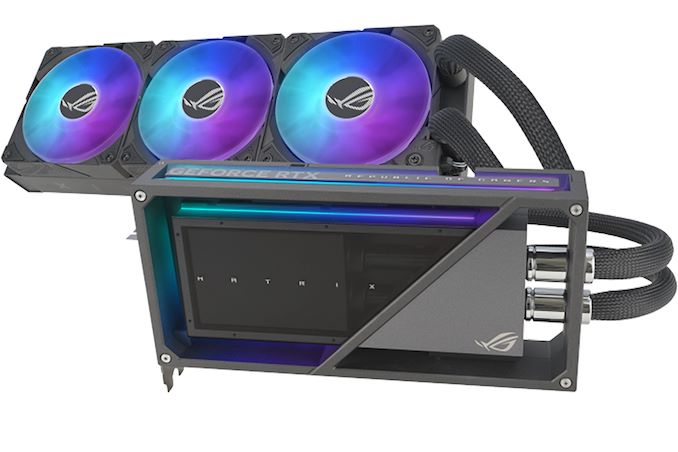

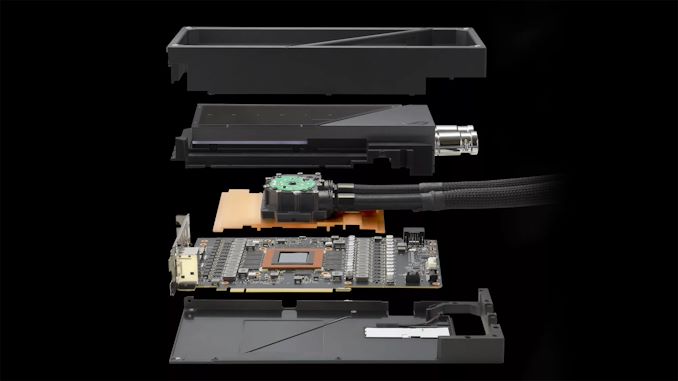

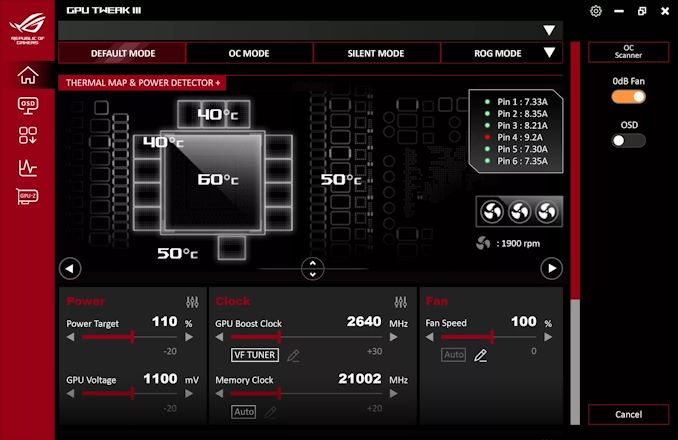

 Quote
Quote
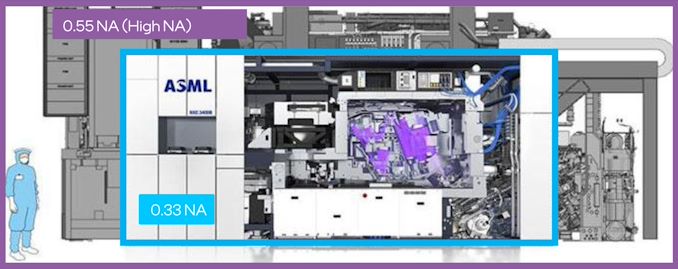
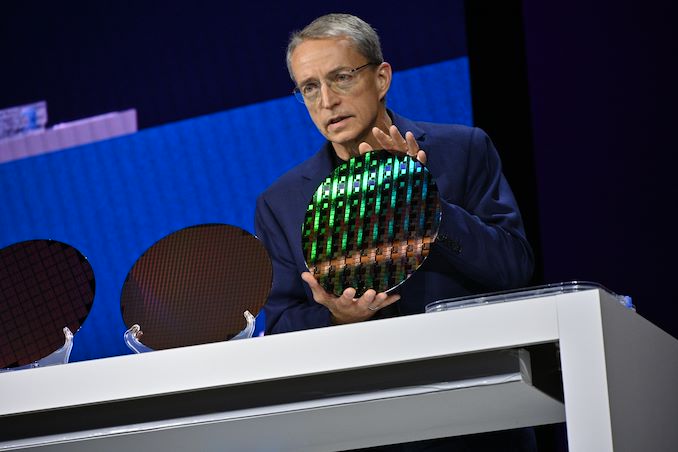
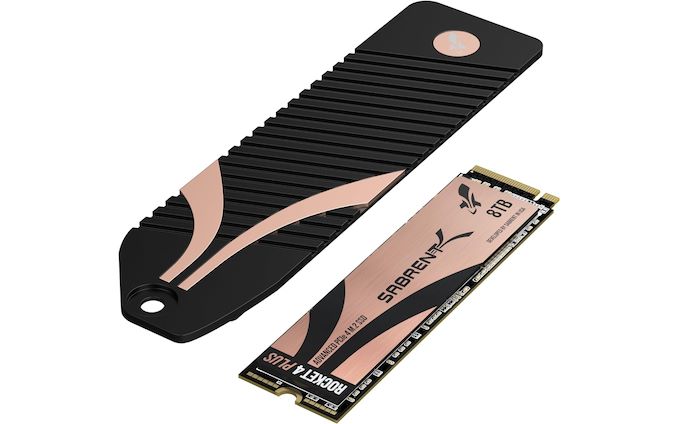

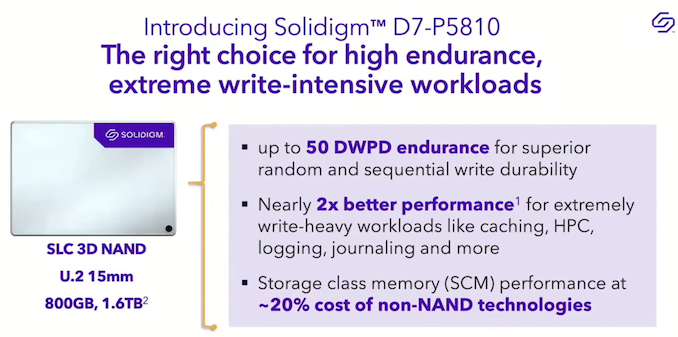
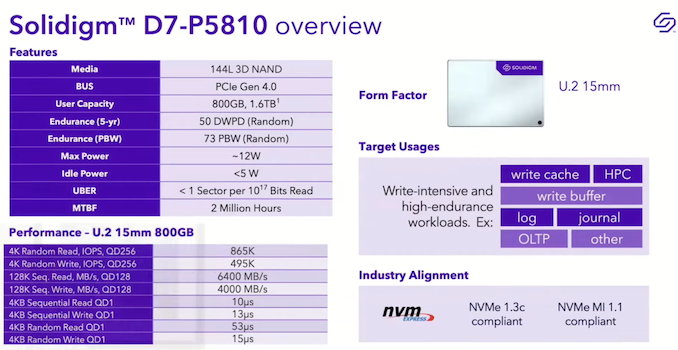
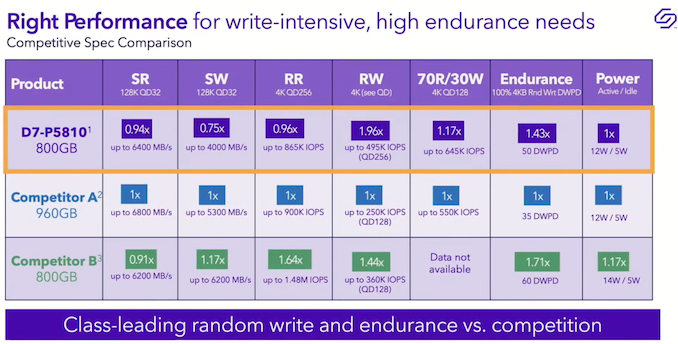
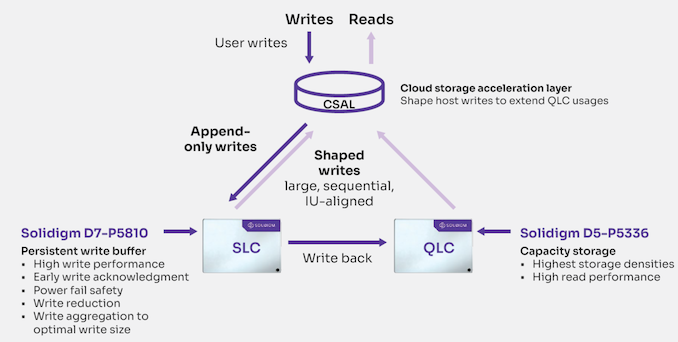
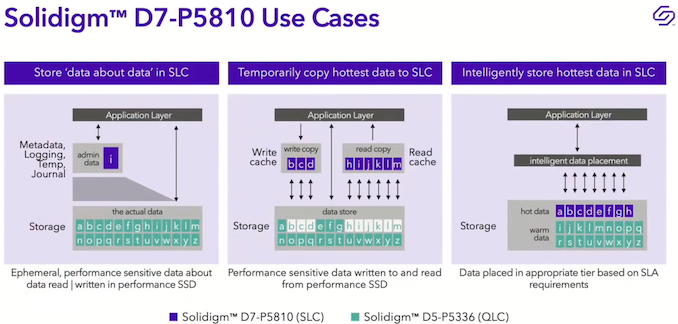
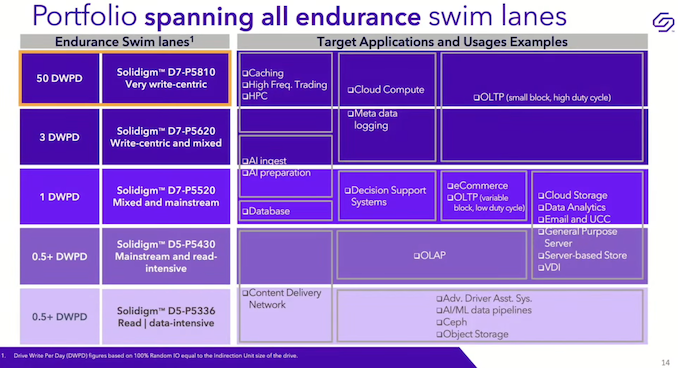


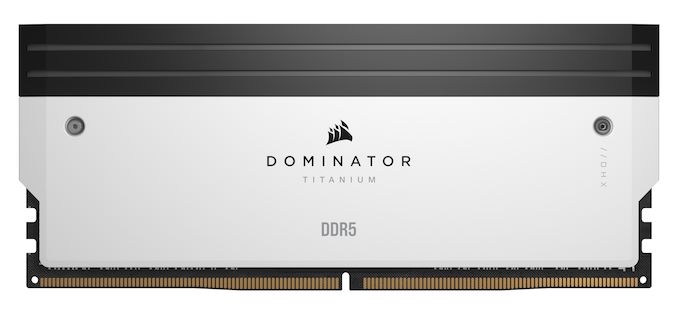
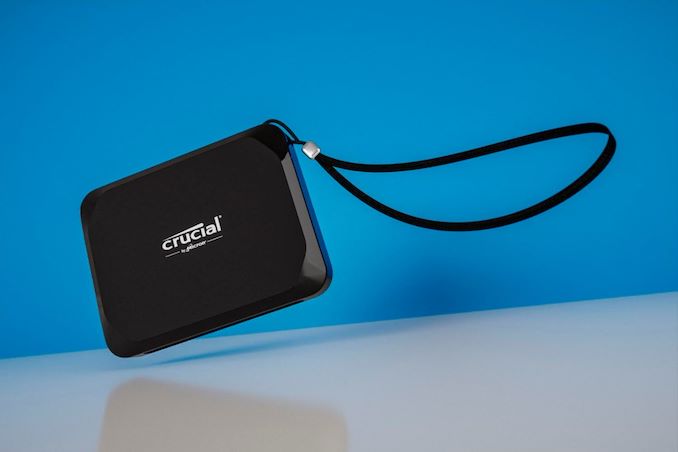
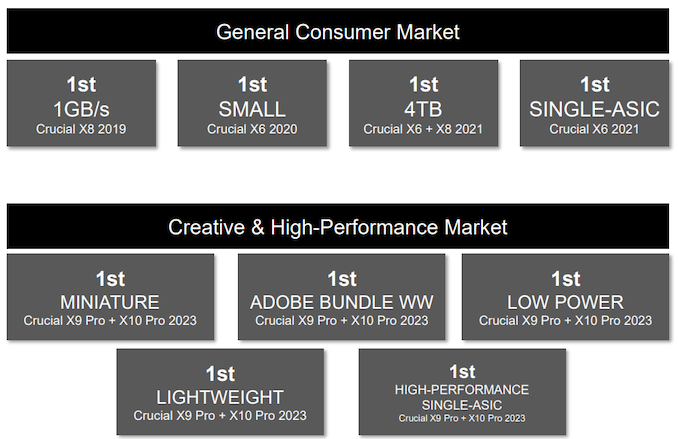

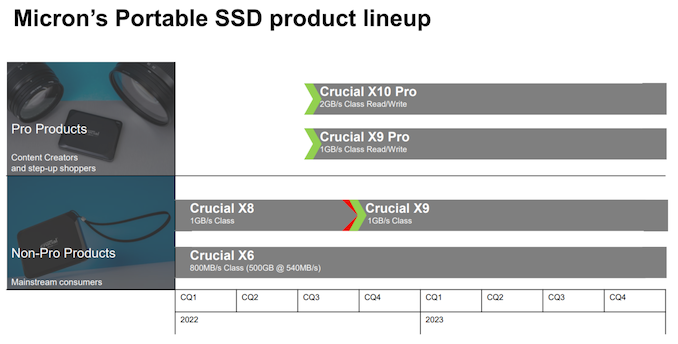
















Bookmarks